Sliding Friction
Friction is the force that opposes the motion of one surface over another. When two surfaces are in contact and one slides or moves over the other, the force that resists this motion is known as sliding friction.
Causes of Sliding Friction
Sliding friction is caused by the microscopic roughness of the surfaces in contact. As one surface moves over the other, these microscopic irregularities interlock, creating resistance to the motion.
Factors Affecting Sliding Friction
Several factors can affect the amount of sliding friction between two surfaces:
- Surface Texture: Rough surfaces have higher sliding friction compared to smooth surfaces.
- Normal Force: The force pushing the surfaces together affects the sliding friction. Higher normal force results in greater sliding friction.
- Materials: Different materials have different coefficients of friction, which affect the amount of sliding friction produced.
- Surface Area: Larger surface areas in contact result in higher sliding friction.
Reducing Sliding Friction
There are several methods to reduce sliding friction:
- Lubrication: Using lubricants such as oil or grease can reduce sliding friction by creating a slippery layer between the surfaces.
- Smoothing Surfaces: Polishing or smoothing the surfaces can reduce the roughness and consequently the sliding friction.
- Using Ball Bearings: In machinery, ball bearings are used to reduce sliding friction by providing smooth rolling motion.
Study Guide
- Define sliding friction and explain its cause.
- Discuss the factors that affect sliding friction.
- Explain how sliding friction can be reduced.
- Provide examples of situations where sliding friction is beneficial and where it is undesirable.
Understanding the concept of sliding friction is important in various fields, including engineering, physics, and everyday activities. By grasping the factors influencing sliding friction, one can make informed decisions in designing mechanisms, selecting materials, and reducing energy wastage.
.◂Science Worksheets and Study Guides Fifth Grade. The 6-Kingdoms of life
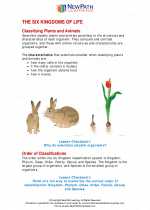
 Activity Lesson
Activity Lesson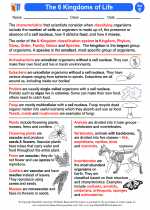
 Worksheet/Answer key
Worksheet/Answer key
 Worksheet/Answer key
Worksheet/Answer key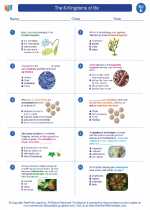
 Worksheet/Answer key
Worksheet/Answer key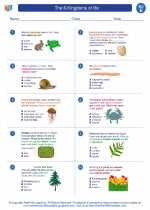
 Worksheet/Answer key
Worksheet/Answer key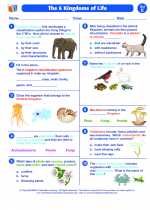
 Vocabulary/Answer key
Vocabulary/Answer key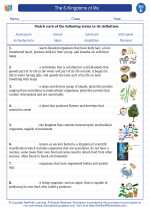
 Vocabulary/Answer key
Vocabulary/Answer key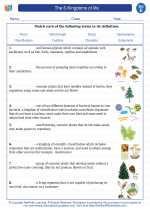
 Vocabulary/Answer key
Vocabulary/Answer key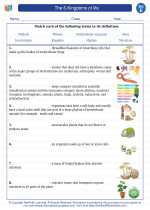
 Vocabulary/Answer key
Vocabulary/Answer key
